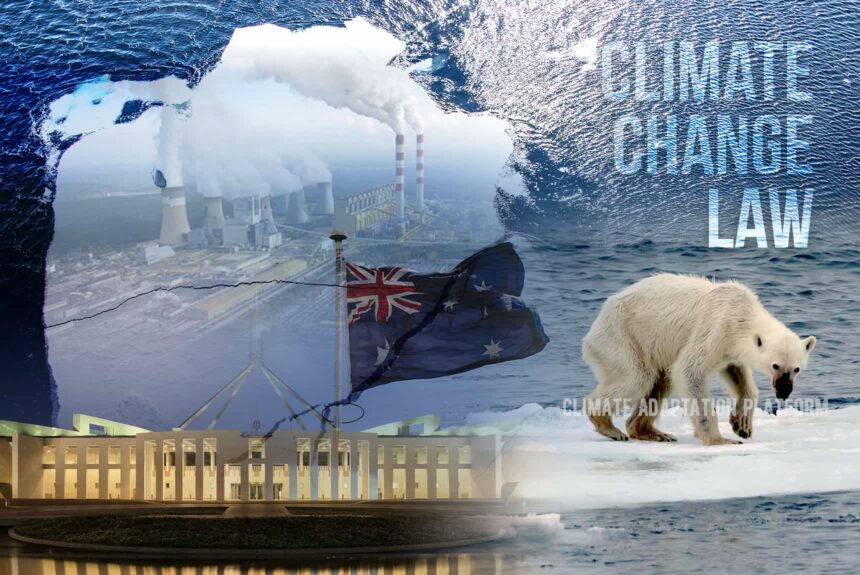On the 8th of September, Australia’s lower house passed its Climate Change Bill into law – the country’s first climate change legislation in 11 years.
The Bill legally binds the country to cut its emission by at least 43% by 2030, compared to 2005 levels, and achieve net zero by 2050.
After passing through the House of Representatives in August, the Labor Government’s Climate Change Bill passed the Senate with 37 votes to 30, after some minor amendments.
The previous commitment by the conservative coalition government only puts the country to slash emissions by 26-28% by 2030 with no legal value.
The Economist article, “Australia passes a law to reduce emissions, at last”, says that the public mood has shifted, thanks to the country’s recent bout with intense forest fires and floods. Australians voted in a new set of climate-friendly independent MPs, which has provided the needed numbers to pass the climate bill.
The Labor government will have to start tightening measures to curb emissions from the biggest emitters. It has pledged to invest around US14 billion into upgrading the electricity grid to help wean the economy from fossil fuels and tighten the “safeguard mechanism” introduced by the conservatives to slash emissions so that it will force the largest polluters to cut their emissions by 3.5 to 6% a year.
Carbon credits can be awarded to companies that emit, and they can use these credits to trade with heavy polluters.
The country’s new gas fields and coalmines are also a point of contention between the Green politicians and the Labor government.
The former claims the government is as eager to sign off on new fossil fuel projects as the previous government. Allowing these new fossil fuel pits will increase the country’s emissions by 13%, which most Australians agree with.
PM Anthony Albanese warns that the ban on these new fossil fuel projects will devastate the economy. He says it will be better if the country can “reduce emissions in a predictable and orderly way” and remain “a trusted and stable energy supplier”.
In other words, while Australia begins to cut its emissions, other countries that have imported coal and gas from Australia are responsible for their emissions.
Source:
Australia passes a law to reduce emissions, at last. (2022 15 September) The Economist. Retrieved from https://www.economist.com/asia/2022/09/15/australia-passes-a-law-to-reduce-emissions-at-last
Morton, A. (2022, 6 September). Australia urged to ‘pull its weight on climate despite praise for Albanese ‘step-up’. The Guardian. Retrieved from https://www.theguardian.com/australia-news/2022/sep/06/australia-accused-of-failing-to-to-pull-its-weight-on-climate-despite-praise-for-albanese-step-up



Leave a Reply